Coco Chanel (August 19, 1883 – January 10, 1971)
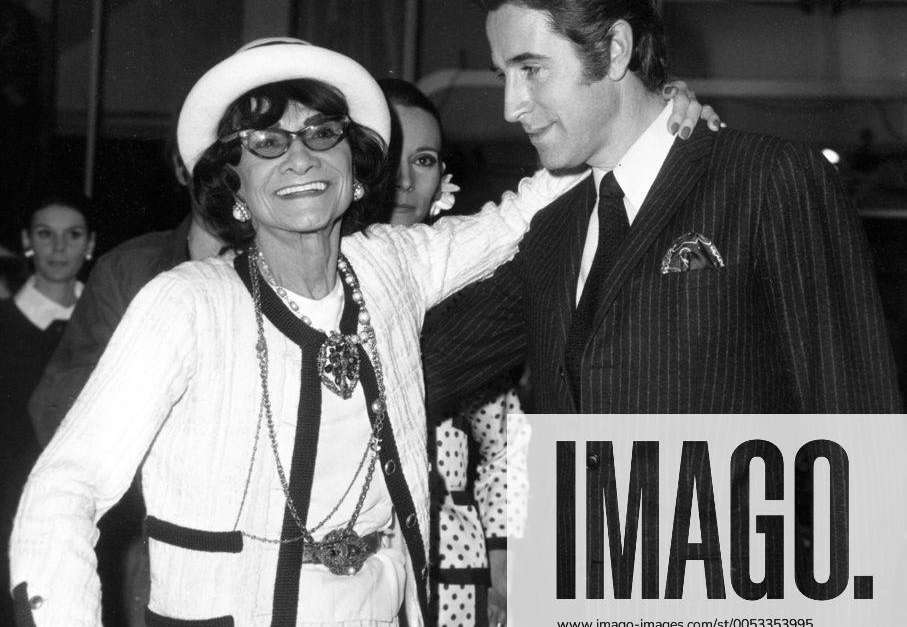
Jan 28, 1968 - Paris, France - (File Photo) COCO CHANEL (born

Feb. 23, 1932 - London, England, U.K. - COCO CHANEL (born
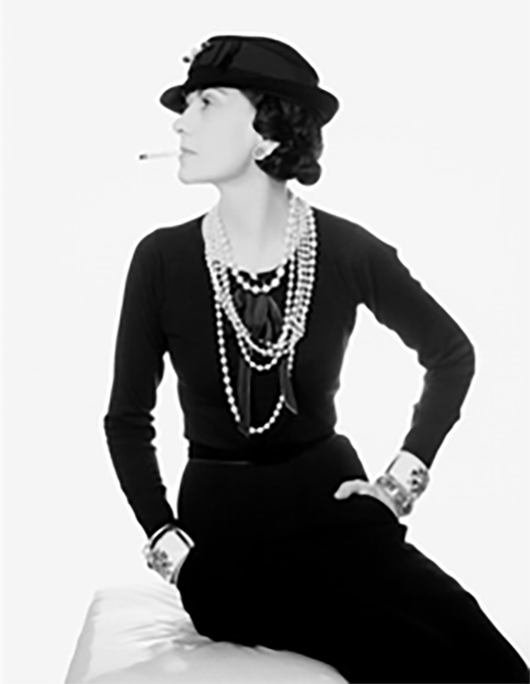
From the Margins to the Core of Haute Couture: The Entrepreneurial
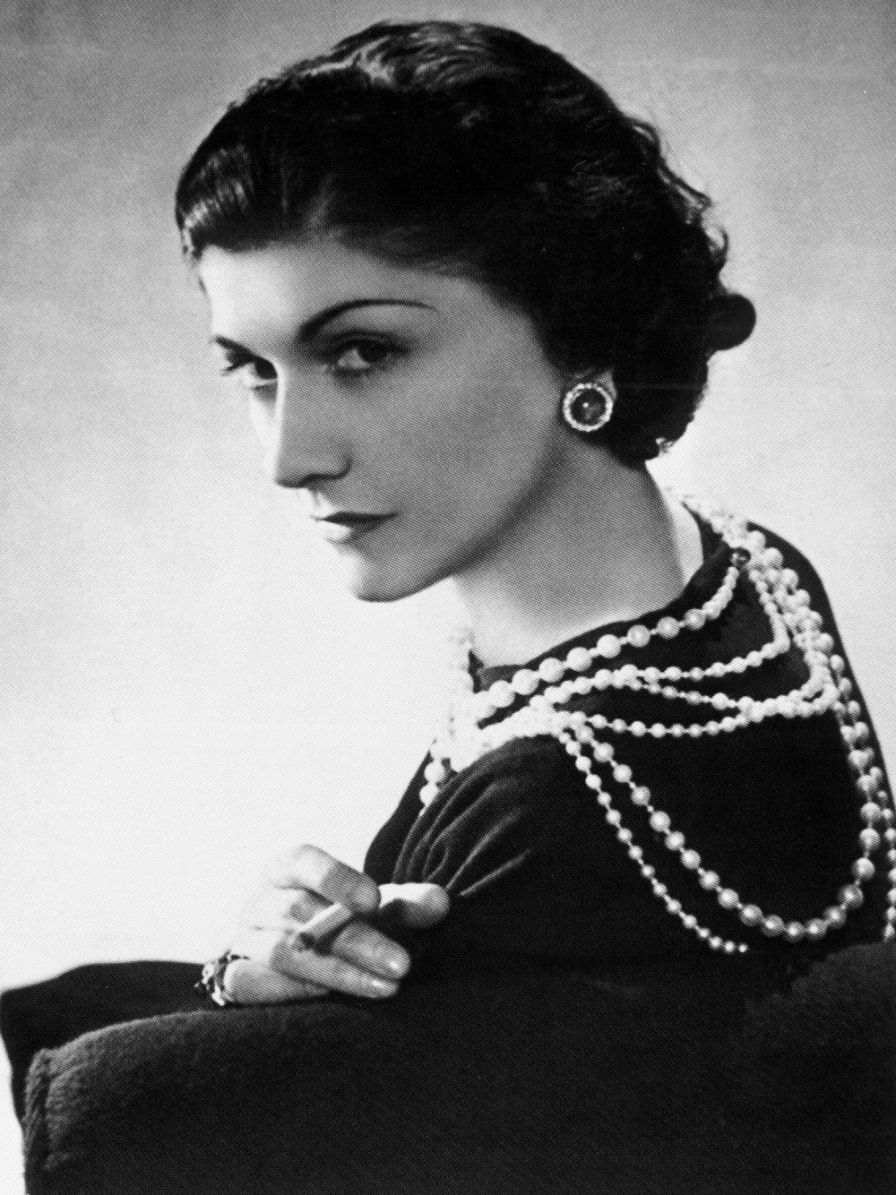
Coco Chanel (August 19, 1883 – January 10, 1971)

Coco Chanel - History and Biography
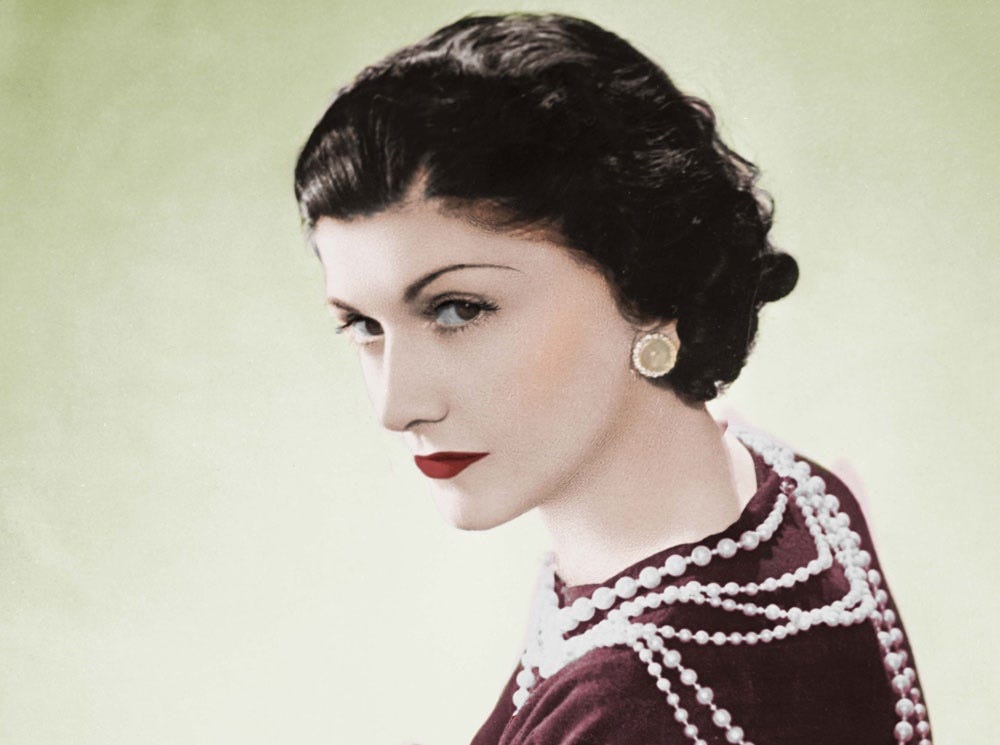
Gabrielle Bonheur (Coco) Chanel. Coco Chanel is French fashion

PDF) From the Margins to the Core of Haute Couture: The

Coco Chanel Euroclub Schools
Get More! Flat Rate Shipping! The Coolest Posters at Awesome Prices! Call 888-519-7195

Gabrielle Bonheur 'Coco' Chanel History - Item # VAREVCPBDCOCHEC002
Publishing platform for digital magazines, interactive publications and online catalogs. Convert documents to beautiful publications and share them worldwide. Title: Sunsearch Magazine_ 4issuu, Author: Media Sunsearch, Length: 228 pages, Published: 2013-03-22

Calaméo - Sunsearch Magazine_ 4issuu
Luxury Good And Gucci - Download as a PDF or view online for free

Luxury Good And Gucci
View Essay - Coco Chanel.docx from THEA 4000 at California State University, Stanislaus. Coco Chanel Gabrielle Bonheur Coco Chanel once said, I dont do fashion, I am fashion. Coco Chanel is well
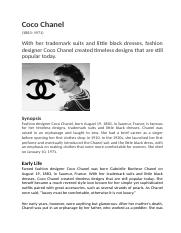
Coco Chanel.docx - Coco Chanel Gabrielle Bonheur Coco Chanel once
Learn to be a Fashion Designer

University of Fashion Blog - Page 14 of 49 - Learn to be a Fashion
Choreographer George Balanchine was known for rejecting the premise that his ballets were abstract. Yet, a closer look into his comments on abstraction reveals a greater degree of ambivalence toward the concept than previously noticed. His influential words found response in dance critical writing, where the term “abstract” continued to circulate, but was often applied in vague ways, such as “so-called abstraction.” This and other softened terminological variations formed an ambiguous collection of abstractive terms, like a vague word cloud around the dance concept. This article explores abstraction in Balanchine’s particular ballets, and makes a two-fold argument. On the one hand, by emphasizing the visual aspects of Balanchine’s compositions, we may uncover ways to untangle his dilemma about dance abstraction. Visual theories of “semantic abstraction” by Harold Osborne, and of “the gesture of abstraction” by Blake Stimson, may help us to understand the abstractive modes in several of Balanchine’s black-and-white ballets. On the other hand, whether discussed or not, Balanchine’s abstractive gestures have created powerful representational shifts in some cases. In particular, by examining the interracially cast duet from the ballet Agon (1957) as a visual case study, we may see how Balanchine’s rejections of the concept, amplified by critics’ vague terminological invocations of, or silence about, abstractive choreographic gestures, occluded the work’s participation in the discourse of abstraction. Simultaneously, unnoticed yet potent choreographic gestures of semantic abstraction may have promoted whiteness as a normative structure, one that relies on a hegemonic “bodily integrity” (as discussed by Saidiya Hartman). Such an analysis leads to a recognition that Balanchine’s abstraction could have been a subversive form of dissent similar to Kobena Mercer’s concept of “discrepant abstraction.” However, I posit that, as a result of the Balanchine dilemma and its influence, the interlinked gestures of an abstract nature that have not been recognized as such promoted the self-regulative structure identified by Bojana Cvejić as “white harmony.” Ultimately, a more specific and clear application of the term “abstract” in ballet is needed, as it can help to dismantle or disrupt the system of white supremacy operative in dominant ballet structures.
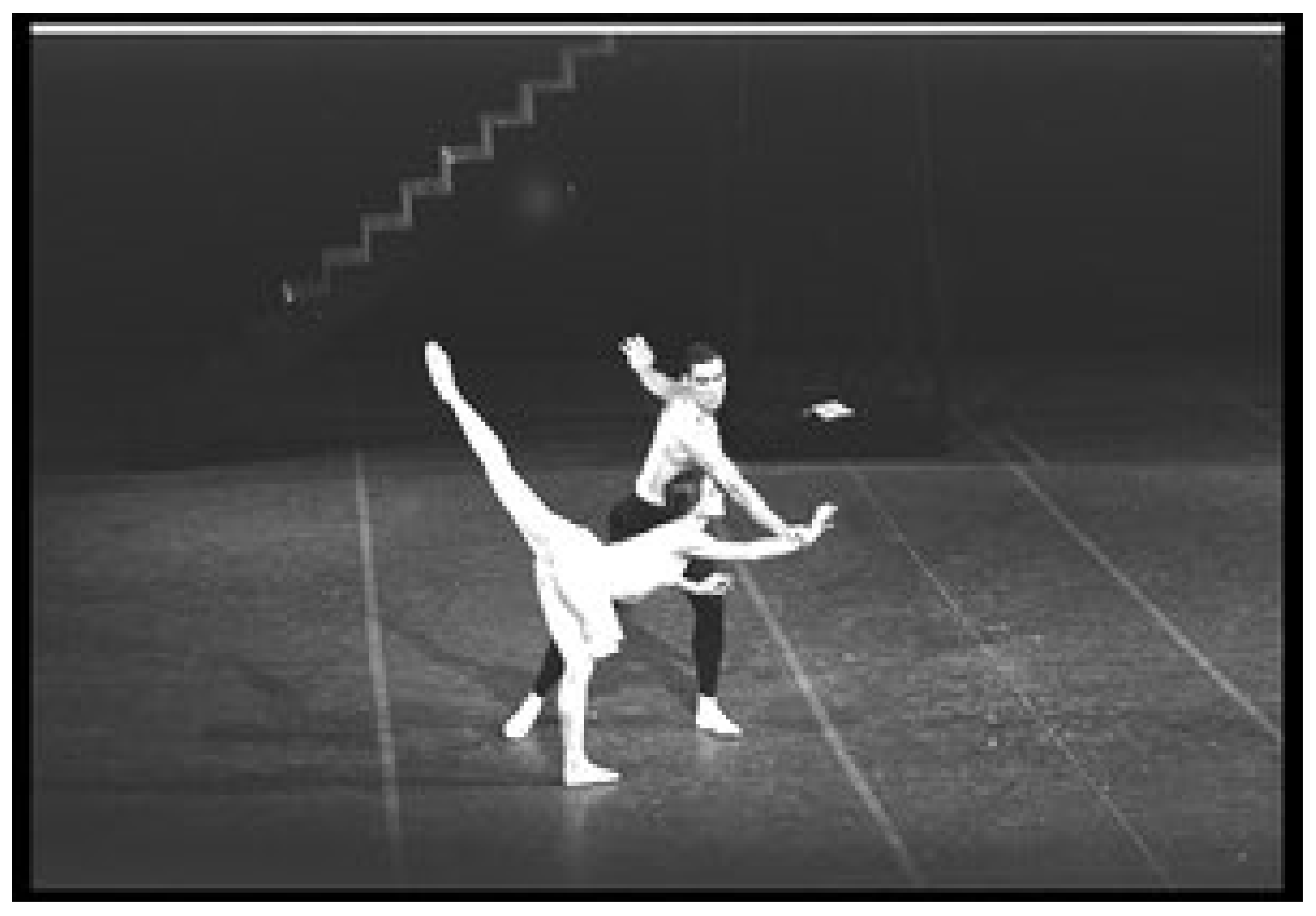
Arts, Free Full-Text
Coco Chanel (August 19, 1883 – January 10, 1971)
- Best Price $ 133.00. Good quality and value when compared to carbon-plus.ru similar items.
- Seller - 536+ items sold. Top-Rated Plus! Top-Rated Seller, 30-day return policy, ships in 1 business day with tracking.
People Also Loved
-

Shops for pre-loved Chanel in Tokyo??
Buy It Now 9d 8h -

CHANEL NOVEMBER 2021 PRICE INCREASE
Buy It Now 5d 12h -

Chanel Holiday Gift Set 2023, Chanel Holiday 2023 Makeup Collection - News
Buy It Now 9d 18h -

NEW Chanel Crossbody Bag Holiday 2022 Beauty Cosmetic Bag Grey/Beige
Buy It Now 6d 15h -

Chanel - Wikipedia
Buy It Now 14d 5h -

CHANEL, Makeup, Chanel La Palette Sourcils Brow Wax And Brow Powder Duo 2 Medium Nwb
Buy It Now 15d 9h -

Ugg Cynthia Faux Fur Throw Blanket - Chlorophyll Green
Buy It Now 14d 5h -

Top 5 Ultra-Luxury Belt Bags to Buy - Academy by FASHIONPHILE
Buy It Now 2d 19h -
![*[Used] CHANEL Chocolate Bar Camellia No.5 Chain Flower Handbag Tote Bag Canvas Patent Lambskin Ladies Yellow Gray Yellow Black](https://cdn1.jolicloset.com/imgr/full/2022/04/505009-1/other-used-chanel-chocolate-bar-camellia-no5-chain-flower-handbag-tote-bag-canvas-patent-lambskin-ladies-yellow-gray-yellow-black.jpg)
*[Used] CHANEL Chocolate Bar Camellia No.5 Chain Flower Handbag Tote Bag Canvas Patent Lambskin Ladies Yellow Gray Yellow Black
Buy It Now 6d 23h -

Chanel Black Cap Toe Ruffle CC Ballerina Ballet Flats Size US10
Buy It Now 11d 14h -

Chanel Vintage Black Caviar Kelly Flap Bag SHW – Boutique Patina
Buy It Now 25d 11h -

Chanel Les Beiges Collection 2018 - The Beauty Look Book
Buy It Now 4d 22h -

Chanel Mini Flap Bag
Buy It Now 15d 11h -
![Parisian Chic [Book]](https://m.media-amazon.com/images/I/91EXMHZN1iL._AC_UF1000,1000_QL80_.jpg)
Parisian Chic [Book]
Buy It Now 7d 5h